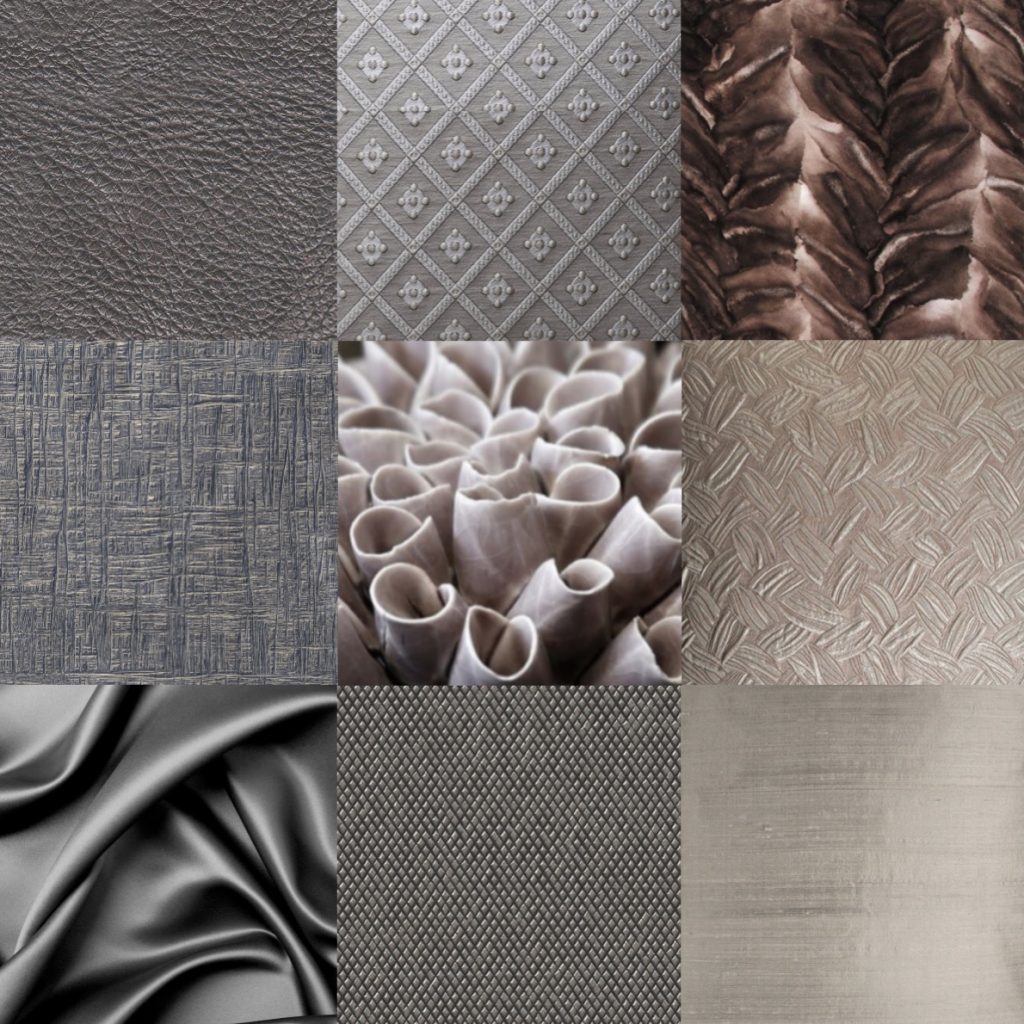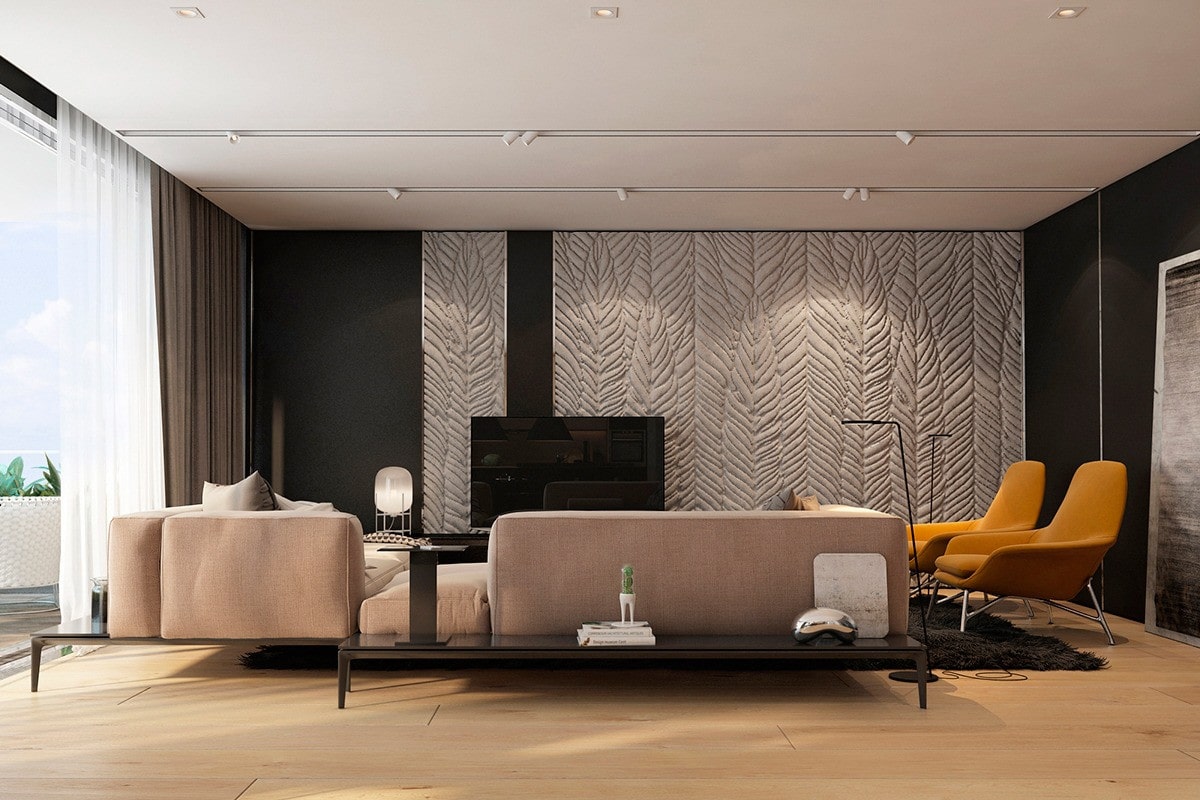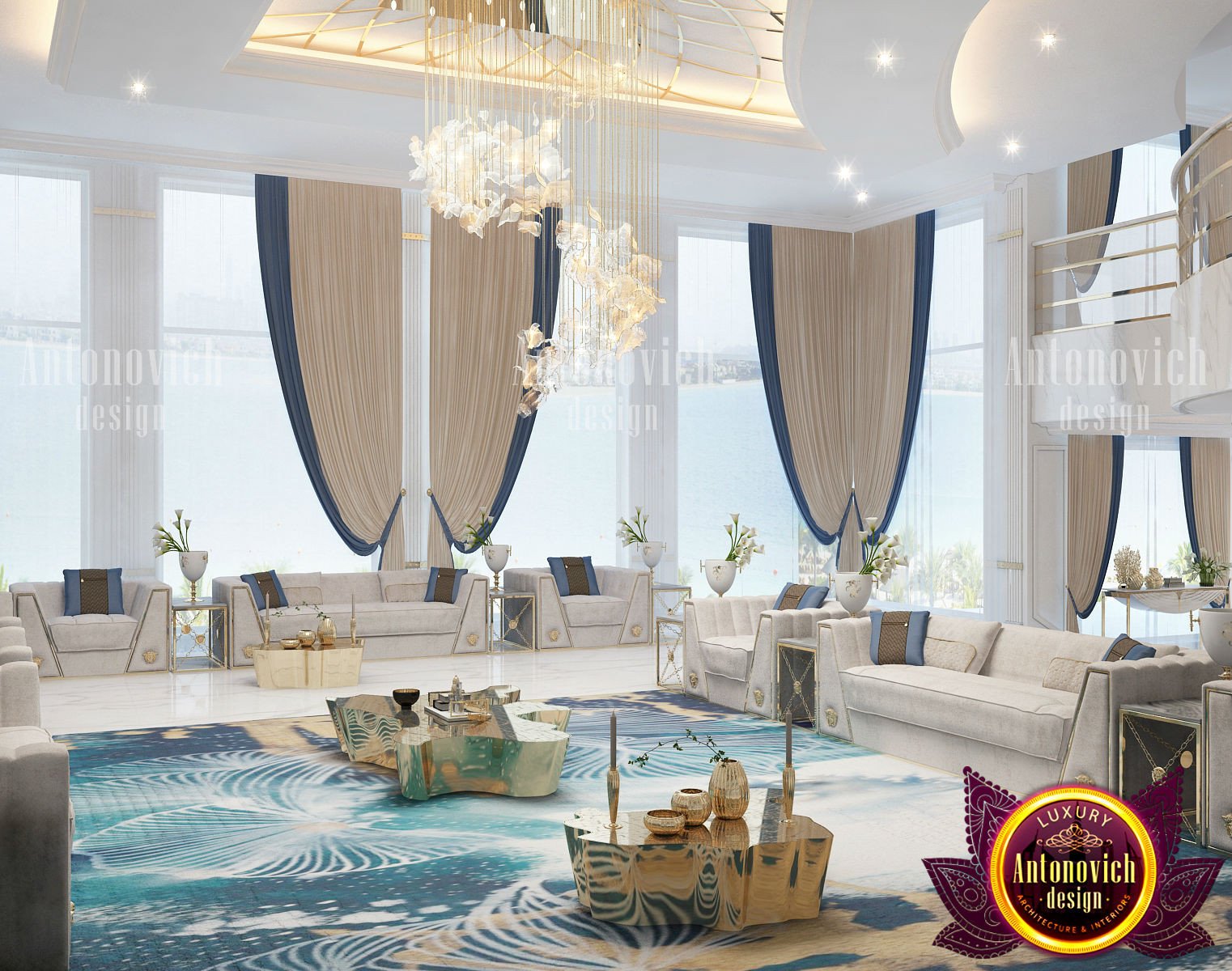Table Of Content

It needs to be thought through, repeated to create a theme and balanced with others so it doesn’t feel predictable and over-staged. It’s an essential part of any designer’s vocabulary, because a scheme without texture is a scheme that falls seriously short of the mark. As a designer, to give the best home designs, you can’t afford to miss adding the amalgamation of different textiles. Use a combination of textiles to enhance the overall look of the room and give a decidedly sensuous feel.
Mixed Textiles
Blavity Inc. Launches 'Home & Texture,' First-Ever Curated Home, Interior Design and Commerce Hub for Black and ... - Newswire
Blavity Inc. Launches 'Home & Texture,' First-Ever Curated Home, Interior Design and Commerce Hub for Black and ....
Posted: Thu, 16 Feb 2023 08:00:00 GMT [source]
For example, tiles with a printed texture to resemble natural stone or concrete, paint with a stippled or brushed effect to create the illusion of texture, etc. Interior Design impacts our senses through lighting, acoustics, materials, colors, patterns, texture, furniture layout, and more. This link between design and psychology is gaining recognition, leading to people-centric designs. Environmental psychology has existed for centuries, such as Vastu Shastra, Feng Shui, etc.
Contemporary American Style: Your Ultimate Interior Design Guide 當代美式風格:您的終極室內設計指南

2023 doesn’t copy the past, but merely uses it as inspiration—our newfound interest in brutalism, for example, makes sure to infuse the aesthetic concept with warmer touches. “That’s the cyclical nature of trends I suppose—they always stem from someplace in history, allowing for modern interpretation,” Calderone observes. "This Californian idea of merging indoor and outdoor is evident from the moment you approach the store," said Wearstler, who explained that her designs tend to nod to the "natural world".
Hand-Drawn Textures:
Choosing a pet-friendly rug or using essential oils can help keep it looking and smelling fresh. Of course, you can always opt for a patterned traditional wallpaper, which won’t have a bumpy surface, but can at least create the illusion of texture. Grasscloth wallpaper has the warmth you'd expect from fabrics and introduces more texture than other wallpaper substrates since it's made from natural fibers. By using texture to create contrast, designers can draw the eye to specific areas of a design and add visual interest. Photographic textures are images of real-world textures used as a design element.
If you choose a rug to brighten up your bedroom or a shiny wooden coffee table to cherish and bring back those old memories, the value and importance of texture are clear. Design tips are incomplete if animal instincts designs cannot be incorporated. Fluffy fur, mink, cowhide, cheetah, or Mongolian lamb accessories will amplify the overall space outlook and make your design getting appreciated by all. If you think that texture can only be added with fabric, you’re mistaken.
Balance Texture Density:
'There is nothing worse than a flat design,' says Camilla Clarke, Creative Director at Albion Nord.
Add Decorative Flair to Any Room with Textual Wall Coverings
How to Add Texture to Home Design - Real Estate
How to Add Texture to Home Design.
Posted: Fri, 16 Sep 2022 07:00:00 GMT [source]
Using a neutral color palette as a base will allow you to incorporate patterns and textures without overwhelming the room. A high-shine chrome floor lamp adds very different texture to a hammered bronze wall sconce, for example. But it is the rays of light themselves where texture takes on a more visual character. If so, you can interrupt the consistency by changing up the textures of any fabric in the room.
Experiment with colors and prints
Before you know it, your matte white refrigerator blends right into your white marble countertops and light-gloss dishwater. The soft beige sofa is indistinguishable from the muslin pillows and sisal rug. When we choose colors and textures we like, our style choices can easily blend together. A balance of textures ensures that no single element overwhelms the space. For instance, pairing a rough, textured stone wall with soft, smooth upholstery creates a compelling contrast and balance.

Use textured tiles on your kitchen backsplash, or install a rough-hewn stone sink in your powder room. One of the easiest ways to add texture to a room is by using a mix of textiles in everything from rugs to window treatments, throw pillows and blankets, bedding, and furniture upholstery. Experiment mixing fabrics such as leather, velvet, silk, bouclé, wool, cotton, and linen depending on the feel you want to create. Create a cozy cold weather bed by mixing linen sheets, faux fur throw pillows, a chunky knit blanket, and a natural leather upholstered headboard.
It can appear bumpy or embossed thanks to raised features and patterns on the surface, lending to your space an added element of tactility and fun. “Plain painted walls can be beautiful, but once you put a textured paper in a design scheme, it takes it to the next level,” he explains. That is why it’s so important to consider different textured surfaces when designing interior spaces. Abstract texture in interior design refers to the use of non-representational shapes, forms, and patterns to create a unique visual texture that stimulates the imagination and emotional response. One way to address this issue is by incorporating texture into the design.
By placing textured elements around key elements, such as typography or illustrations, designers can frame them and make them stand out. Textures can be used at different scales, from small, subtle details to large, dominant elements, to create other effects and add visual interest. It involves using color gradients to create a sense of depth and dimension in a texture.
This design style incorporates lots of shapes and colors into the design. The architecture seems to focus more on geometric shapes like circles, squares and triangles. As for colors, you’ll typically see more primary colors such as red, yellow and blue.
Designers should keep in mind the benefits of using a mix of textures to create a cohesive and visually pleasing environment. Textures are essential in creating balance and visual stability in interior design. But incorporating different textures can help create a sense of harmony and visual interest. When it comes to hardwood floors, choosing the right wall color to complement the flooring is important. Additionally, for pet owners, choosing a pet-friendly hardwood floor can help ensure longevity and durability.
Layering curtains and choosing the right curtain rod color can create a cozy and inviting atmosphere in your living space. Soften a cookie-cutter contemporary apartment with vintage art, antique gilded mirrors, or handcrafted textile wall hangings. After the years long domination of pristine white walls, there’s been a renewed interest in textured finishes such as textured wall panels or plaster that is applied by hand. Adding embossed, woven, colorful, or graphic wallpaper to a plain wall can add a textural note. Lighten up a formal wooden dining table with upholstered lucite or vintage metal chairs.

No comments:
Post a Comment